Meat and dairy are the highest protein sources in the typical American diet - but how do vegans and vegetarians hit their daily protein requirements? Here are the 13 tastiest high protein plant foods that will help keep you healthy from head to toe.
Many people feel hesitant to switch to a vegan diet because of the misconception that the only way you can get ample protein is by eating meat, eggs, and dairy.
This is simply not true - there are great vegan protein sources, other than meat, growing in nature all around us. Beans, legumes, nuts, and grains are all fantastic vegetarian protein sources, and even some vegetables, like mushrooms, are protein-rich foods.
Please read our guide to learn more about why we need protein and how to get protein as a vegan from one of the many delicious meatless proteins we’ve listed below.
Protein: What does it do for us?
First things first, let’s discuss why you need protein in your diet. Protein is a crucial macronutrient for a slew of body functions and is a building block for every cell in your body.
It also fuels energy-building processes, supports hormone creation, and builds antibodies, which our bodies use to fight illness and disease
How much protein should I eat?
The RDA for protein consumption is just 0.8 grams per kilogram of body weight. This number is pretty low and is considered the bare minimum protein you need for your body to function.
Building muscle mass requires protein intake over and above maintenance levels, as the body needs extra protein to dedicate to building new muscle. Anyone trying to increase muscle mass should increase protein intake to 1.2-1.7 grams per kilogram of weight.
Vegetarian Protein Options
There are far more vegan and vegetarian protein substitutes than you might think. Our list below contains various high protein meat substitutes that are uniquely delicious and can be added to almost any meal you’d typically eat with meat.
Soy-Based: Tofu, Tempeh, & Edamame
Tofu
Tofu is one of the most widely-known protein substitutes for vegetarians, made from soy in a process similar to cheesemaking. It’s a whole protein source, as it contains all of our bodies’ essential amino acids.
This soybean curd is high in protein, low in fat, and contains essential vitamins and minerals. Tofu also contains antioxidants, which help to fight free radicals and many forms of disease.
What does tofu taste like?
If you are looking to find out what tofu tastes like, the flavor of tofu is very light; tofu has a uniquely soft and spongy texture, which makes it great for absorbing acidic marinade and sauces. Tofu will take on the flavor of whatever you cook with it.
Tempeh
Tempeh is made from lightly fermented soybeans that are cooked and pressed. Tempeh has a chewy texture compared to tofu, with a slightly earthy, nutty flavor.
Its fermented nature means it contains gut-healthy prebiotics. Tempeh is also higher in protein, fiber, and iron, but with a lower mineral content than tofu.
Tempeh is fantastic fried in sandwiches, salads, or stir-fried. The salty taste lends well when used in any recipe to replace bacon.
Edamame
Edamame are vibrant green, young soybean pods, usually boiled or steamed, and regularly frequent the dinner table in Asian cultures.
Just like its other soy-based counterparts, edamame is one of the ideal protein substitutes for vegans. These beans are unprocessed, making them incredibly high in fiber, along with protein, antioxidants, and vitamins.
They’re fresh and delicious on their own or mixed into a stir-fry, pasta, or soup.
Legumes: Beans, Lentils, & Chickpeas
Legumes like beans, lentils, and chickpeas are superior to meat proteins in many ways. These high protein replacements for meat are high in protein and incredibly high in fiber, which keeps you full for longer.
If you don’t typically consume a lot of legumes, incorporate them into your diet slowly. The super high fiber is great for your body, but suddenly increasing fiber intake can be tough on your gut and lead to gas and discomfort. Yuck.
Beans
Kidney, black, navy, and cannellini beans all have 8 grams of protein in ½ cup serving. They also contain high levels of iron, folate, and other essential minerals.
These are widely available in both canned and dry formats and are a relatively inexpensive way to fill your diet with non-meat protein. You can use beans to make delicious homemade veggie burgers, creamy curries, or fresh salads.
Lentils
Lentils are even higher in protein than beans, at nearly 9 grams per ½ cup. They’re slightly smoother than most beans and used in spicy Indian dishes, like dahl, or hearty soups.
They’re also full of fiber and minerals like folate, which is especially important for pregnant women.
Chickpeas
Chickpeas offer the same benefits as other legumes - high protein, high fiber, and high mineral content. You’ll see chickpeas used a lot in Mediterranean and Middle Eastern cooking.
Chickpeas are unique protein substitutes for meat as they have a chewier, firmer texture than other legumes, making them ideal to be used as crunchy salad toppers or slow-cooked in chili and stews. We love to whip up some homemade, garlic-y hummus with this nutritious legume.
Nuts, Seeds & Quinoa
Nuts
Nuts are great meat substitutes for protein - their high, heart-healthy fat content makes them a satisfying snack compared to some of the lighter vegan proteins.
Cashews, almonds, peanuts, and walnuts are addictive little snacks to eat by the handful, but you can also use them in vegan cooking in some exciting ways.
Cashews, the creamiest tasting nut, can be soaked and blended into vegan cream or cheese sauces, and although it’s not exact, the taste is strikingly similar to the dairy-laden versions.
Seeds
Seeds are similar to nuts in that they’re high protein vegan foods that are also high in unsaturated fats, which is excellent for brain health.
Add raw seeds to just about anything - top salads and vegan yogurt, or bake muffins or bread. Seeds are a delicious inclusion in both sweet and savory meals.
Quinoa
Quinoa is strangely unique - it’s technically a seed, but it tastes like a grain and is cooked like one too!
Quinoa is a fantastic way to up your content from plant protein sources while feeling extremely satisfied by this puffed, hearty food. Use it wherever you would use pasta, rice, or other side dishes.
Wheat-Based: Grains, Bread & Seitan
Grains
Amaranth and buckwheat are just two ancient grains, referred to as pseudocereals, that don’t grow from grasses as other grains do.
These are considered complete protein sources because of their range of amino acids and contain tons of complex carb, fiber, and vital minerals.
Try toasted amaranth to top anything you’d sprinkle with seeds.
Bread
Anytime someone mentions the positive aspects of eating bread, we’re all ears. Wheat has gotten a bad rap over the last 20 years, but unless you have a gluten intolerance or allergy, eat up.
Quality matters when choosing bread. Sprouted-grain bread contains 8 grams of protein in two small-sized slices - that’s far more protein than your average loaf, while sprouting increases soluble fiber and vitamin content, making the bread easier to digest.
Seitan
Seitan, made from wheat gluten, looks and feels nearly like more than other vegetable protein alternatives.
It contains a whopping 25 grams of protein in 3.5 ounces, making it the highest source of plant-based protein available.
If you’re looking to up your dietary protein intake significantly, try some pan-fried or grilled seitan at your next meal.
Mushrooms & Other Vegetables
Most vegetables contain a bit of protein, but mushrooms have almost twice the protein amount as other vegetables.
They also have a meaty texture and earthy taste that lends well to turning them into burgers or using them to replace meat in your favorite recipes.
Other sources of protein that are significantly high are kale, spinach, cauliflower, and broccoli. If you follow a vegan diet, try to add these into your meals often.
Final Notes: Getting Protein Without Meat
Vegan protein substitutes don’t have to be bland or boring - legumes, grains, nuts, soy, and mushrooms are used in some of the most flavorful curries, pasta, and stews.
If you’re switching to a vegan diet, add at least one of these proteins into every meal to get ample amounts of protein to keep your body strong and healthy.
Don’t be afraid to consult a dietitian or naturopath to guide you and ensure you're getting enough nutrition from your diet.
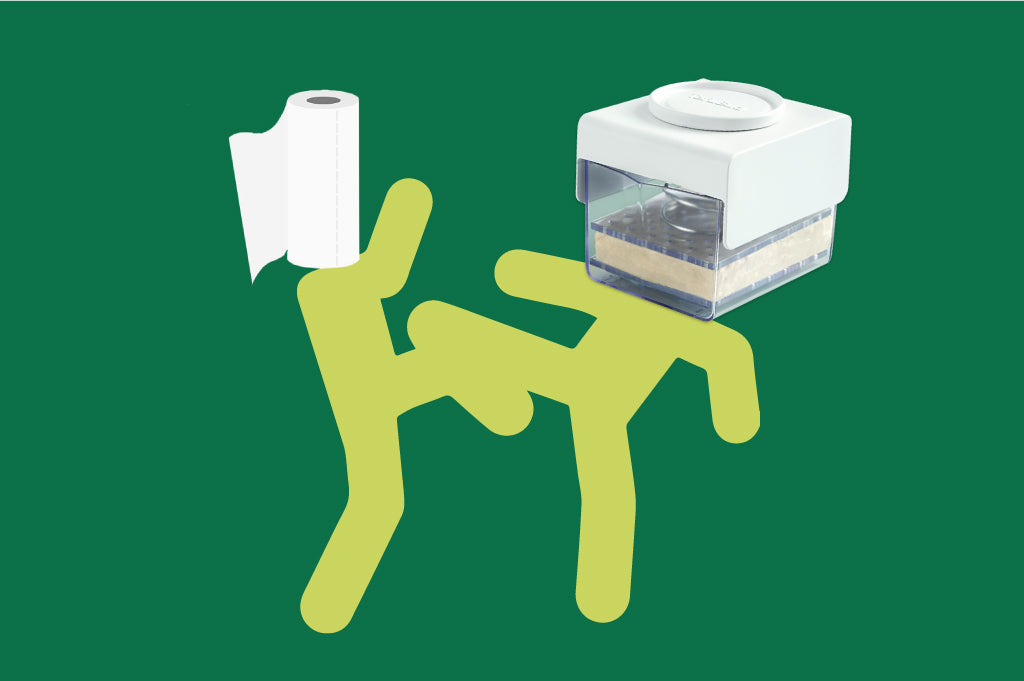



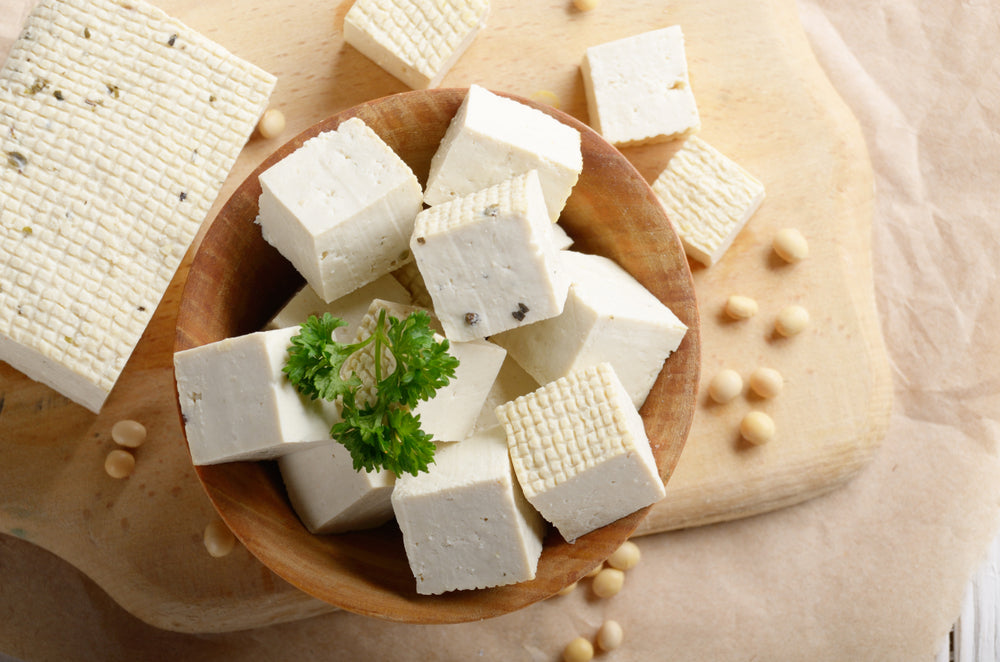
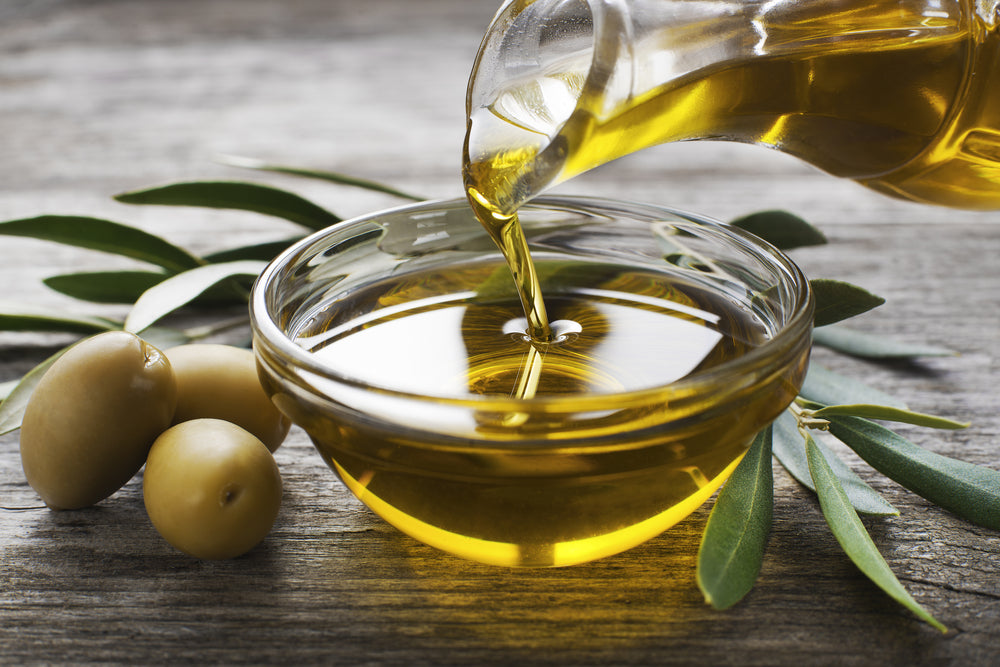
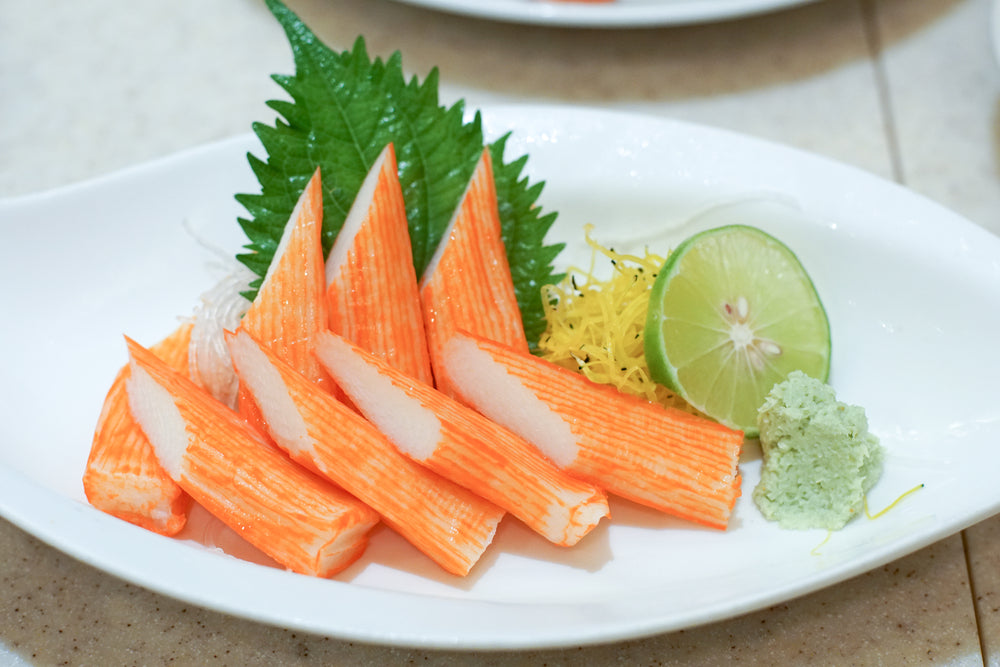
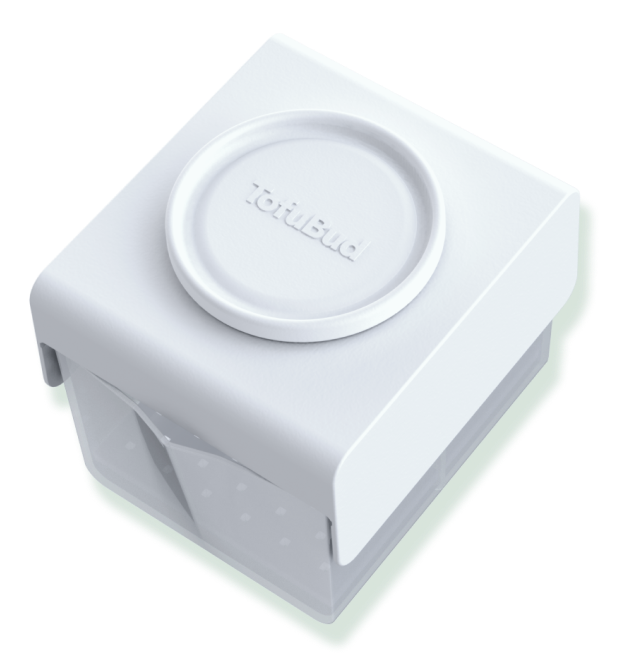
Leave a comment (all fields required)